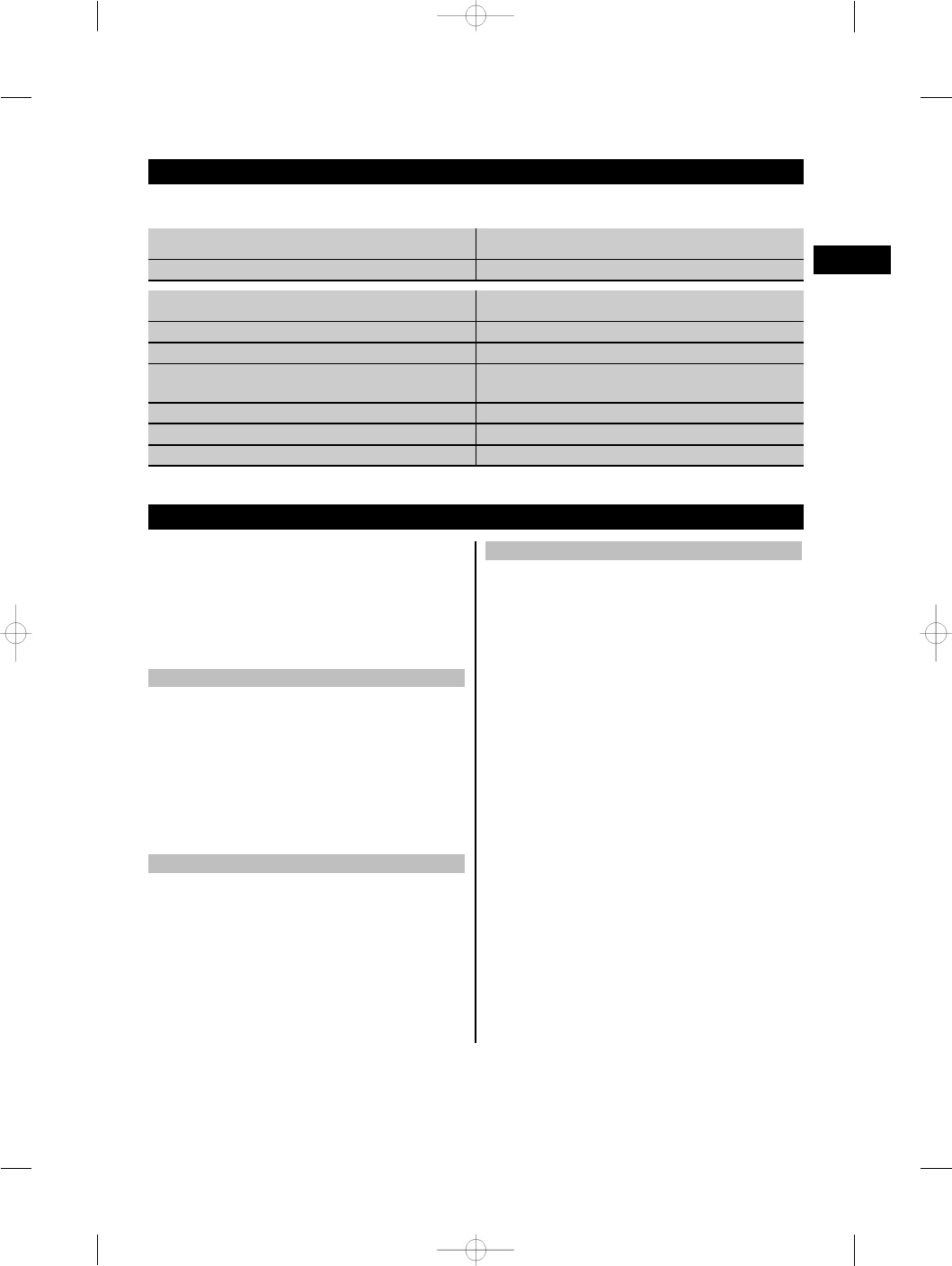
4. Technical data
Right of technical changes reserved.
Rated voltage 120 V
Rated current input 15 A
Power tool TE 3000‑AVR
Mains frequency
60 Hz
Weight of power tool
29.9 kg (65.92 lb)
Dimensions (L x W x H) 808 mm (31.81") x 610 mm (24.02") x 209 mm
(8.23")
Hammering frequency under load
860/min
Single impact energy
68 J
Weight of transport trolley
10.8 kg (23.81 lb)
5. Safety instructions
NOTE
The safety rules in section 5.1 contain all general
safety rules for power tools which, in accordance
with the applicable standards, require to be listed in
the operating instructions. Accordingly, some of the
rules listed may not be relevant to this tool.
5.1 General Power Tool Safety Warnings
a) WARNING! Read all safety warnings and in-
structions. Failure to follow the warnings and in-
structions may result in electric shock, fire and/or
serious injury.Save allwarnings andinstructions
for future reference. The term “power tool” in the
warnings refers to your mains-operated (corded)
power tool or battery-operated (cordless) power
tool.
5.1.1 Work area safety
a) Keep work area clean and well lit. Cluttered or
dark areas invite accidents.
b) Do not operate power tools in explosive atmo-
spheres, such as in the presence of flammable
liquids, gases or dust. Power tools create sparks
which may ignite the dust or fumes.
c) Keep children and bystanders away while oper-
ating a power tool. Distractions can cause you to
lose control.
5.1.2 Electrical safety
a) Power tool plugs must match the outlet. Never
modify the plug in any way. Do not use any
adapter plugs with earthed (grounded) power
tools. Unmodified plugs and matching outlets will
reduce risk of electric shock.
b) Avoid body contact with earthed or grounded
surfaces, such as pipes, radiators, ranges and
refrigerators. There is anincreased risk of electric
shock if your body is earthed or grounded.
c) Do not expose power tools to rain or wet con-
ditions. Water entering a power tool will increase
the risk of electric shock.
d) Do not abuse the cord. Never use the cord for
carrying, pulling or unplugging the power tool.
Keep cord away from heat, oil, sharp edges
or moving parts. Damaged or entangled cords
increase the risk of electric shock.
e) When operating a power tool outdoors, use an
extension cord suitable for outdoor use. Use of a
cord suitable for outdoor use reduces the risk of
electric shock.
f) If operating a power tool in a damp location
is unavoidable, use a residual current device
(RCD) protected supply. Use of an RCD reduces
the risk of electric shock.
en
5


















